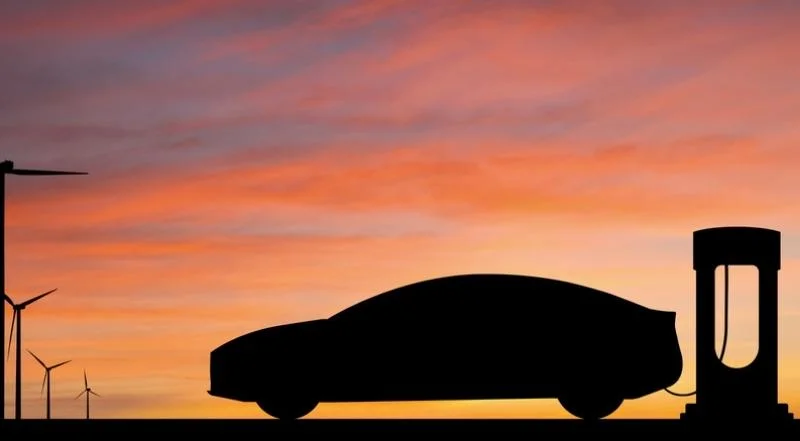The Future of Tesla & The EV Market
This article is written by We Love Tesla, one of the leading independent used Tesla valuation providers and buyers in the UK.
The future of Tesla has certainly had its ups and downs from the 2020 to 2021 period however it seems as if the company has come out stronger than ever after the pandemic and in the current market. Having overcome a large number of challenges and obstacles, production is ramping up again – especially in the European market. But what is the future of the electric vehicle market? What hurdles are likely to appear for Tesla and what is the future of this ever-growing market? Read below to find out more!
The Growing Global Appetite for Electric Vehicles
There are numerous governments that have offered various grants and special packages for those motorists who have already gone ahead and gone green with their electric vehicles. Governments have done this due to the fact that they have made pledges for global targets and to encourage their citizens to move toward greener alternatives. This is also mirrored by the increased sense of environmentalism that is being seen around the world. There are many that are moving towards the growing EV market and this has accelerated with competition within the industry as well as growth in new technologies.
Tesla Continues Its Hold on the EV Market
Compared to the around 14% market share in terms of the overall vehicle sales market in 2021, in terms of the EV market – Tesla contains an impressive 68% share of the electric vehicle market share. This shows that they are continuing their hold on the EV market and commentators have changed their opinions that people are ‘just buying Teslas’ instead of actually deciding to buy an electric vehicle and come to choose a Tesla Vehicle.
Must Read: Pros And Cons Of Electric Cars On The Environment
There’s an Ever Growing Amount of Choices Available
There are a growing number of choices available if you are looking to make the switch. The initial electric vehicles that were available were expensive to the average consumer. There are now a number of budget electric vehicles that have a large number of innovative features. There are also increased innovations that have happened such as investments in increasing charge distances. Charge anxiety was a massive offputting factor in terms of buying an electric vehicle and some would argue that this is still a factor today. Yes, charging distances are larger – but remote areas and specific regions around the world simply lack the electric charging point infrastructure. One of the other factors is the cold can reduce charge distance and batteries deteriorate over time. This is why manufacturers are working to increase the technologies overall.
Manufacturer Competition Leads to Further Innovation

A number of manufacturers – for example Jaguar Land Rover – have combined with their traditional ‘competitors’ to create new technologies. This competition has led to more electric vehicles being developed and there is now a whole arsenal of electric vehicles to consider at a wide range of different budgets such as:
- Tesla Model 3
- Tesla Model S
- Audi Q4 e-tron
- Peugeot e-208
- Porsche Taycan
- Mercedes EQS
- BMW i4
- Skoda Enyaq
- Volkswagen ID.3
Cost of Living & Energy Crisis
Prices have been driven up for a number of commodities due to the conflicts in Ukraine. This has caused a knock-on effect but the price of fuel has taken a direct and deliberate impact from this conflict. The fact that fuel prices have increased exponentially with no real prospect of going down any time soon – is likely to have a large impact on those looking to purchase electric vehicles. There are now more affordable vehicles on the market. There are motorists that have the budget available and may have been on the fence when looking to make the switch to electric vehicles.
Infrastructure Changes Are Needed to Support Demand

Remote areas are still without a solidified electrical charging station infrastructure across the world. Countries such as the US have the most established major networks and this is likely to be replicated in other countries in the next few decades. As mentioned – charge anxiety affects many motorists who want to make the switch and the vehicles that are great for cities cannot perform outside of the urban environment. If they only have a range of 200 miles or lower per charge then this is not sufficient to travel long distances and the high charge range EVs are still some of the most expensive. This is a double-edged sword that the industry will have to seek to overcome as larger distances per charge usually mean a much larger battery is required.
Conclusion
A number of manufacturers are now very much in the mix when the question as to what are the best electric vehicles on the market today comes around. It’s a highly exciting time for the EV market and there is definitely a roadmap of exciting events and innovations in the future. How will Chinese manufacturers make an impact in the market and will exclusively EV manufacturers like Polestar take on the likes of Tesla and make up ground in terms of overall market share? Only the next few years will tell!




